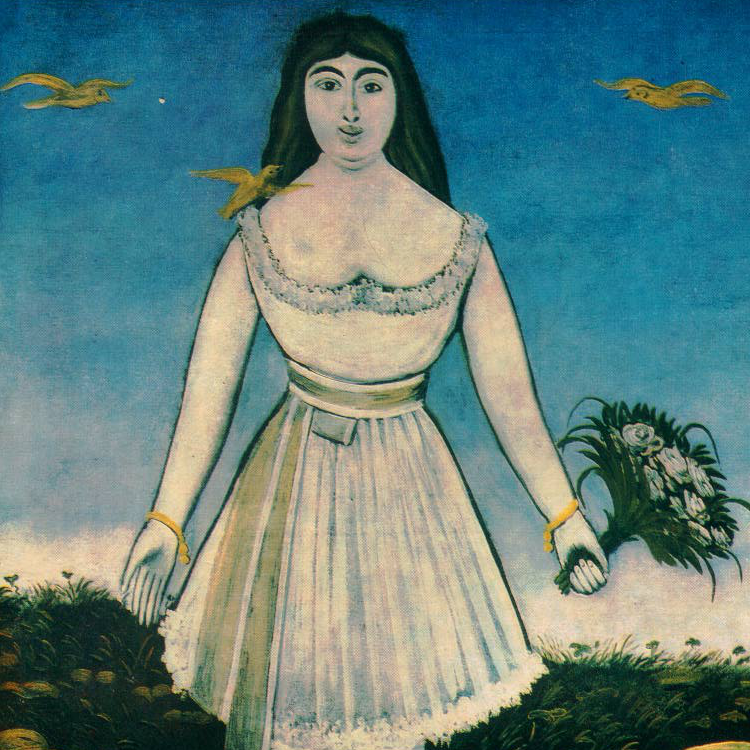-1121x751.jpg)
Zooming (2003) for large orchestra divided in four groups
Generation of sound
The orchestra is divided into four groups which are spread out into all four sides of the Concert Hall. The sound (composed entirely of timbres with a high noise percentage) begins to be generated following a usual path.
Zooming
This order becomes negated straight away by means of a variable set of frames*.
The landscape of sound that is created in this space can in fact be observed from different points of view, distributed on more than one level and continuously re-photographed. Just as if a cine-camera was at work, the sound is explored in two ways: starting from a particular detail (always a different one) and zooming into the whole framework (or long shot), and vice-versa, starting from the overall framework and zooming into a single detail.
Spatial area
In Zooming the sound slowly develops itself within a given space. The idea of spatialisation does not allow for the movement of sound from one point to another, but the development, the multiplication and the projection of each timbre within this given space. In fact, each of the four groups of the orchestra spread out into different parts of the concert hall has a fundamental timbric cell that, during the course of Zooming, are subject to two series of doublings (in this case temporal, i.e. rhythmic, doublings) from each of the other groups. The first time that this happens, they are timbres similar to those initial ones that create the first projection of the fundamental cell in this space, the second time they are different timbres. The stratification of tones replaces the old concept of harmony, and their subsequent spatialisation replaces that of instrumentation (I like thinking about musical space as a musical instrument).
Curves
In Zooming every instrumental tone is considered to be a sample, a concrete object of sound.
The duration and distance of the various impulses is regulated by certain curves: one fundamental curve (composed of three speeds in the following order: normal, diminished, double) and other secondary ones (with diverse permutations of these three speeds).
Time
The continuous reinvention of the landscape of sound, via frames and distribution on different levels, hides the attempt to apply the spatial categories to time.
*In Borges’ The Circular Ruins, a man goes into exile on an island in order to generate, by way of dreaming, another man. When he is able to do this, he understands that he was also created by way of a dream, and that another man was dreaming of him.

-466x312-thumb-465x312.jpg)
